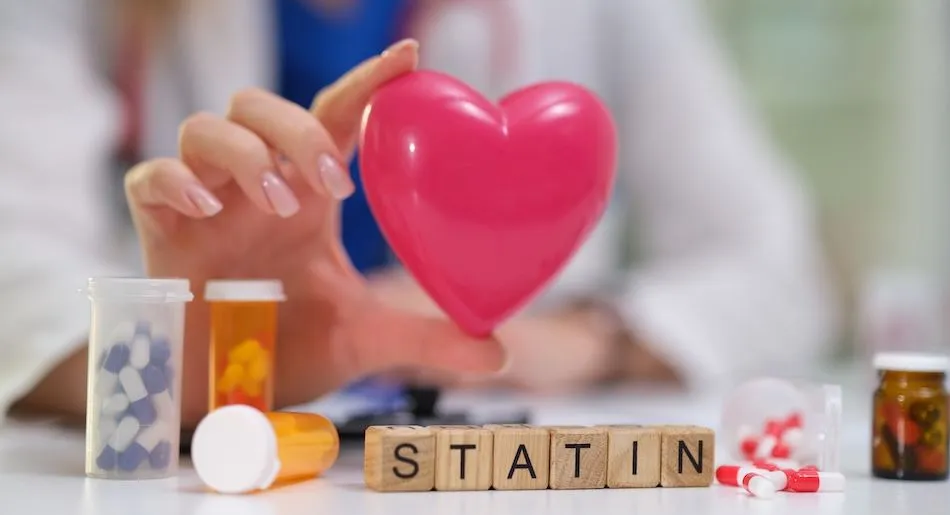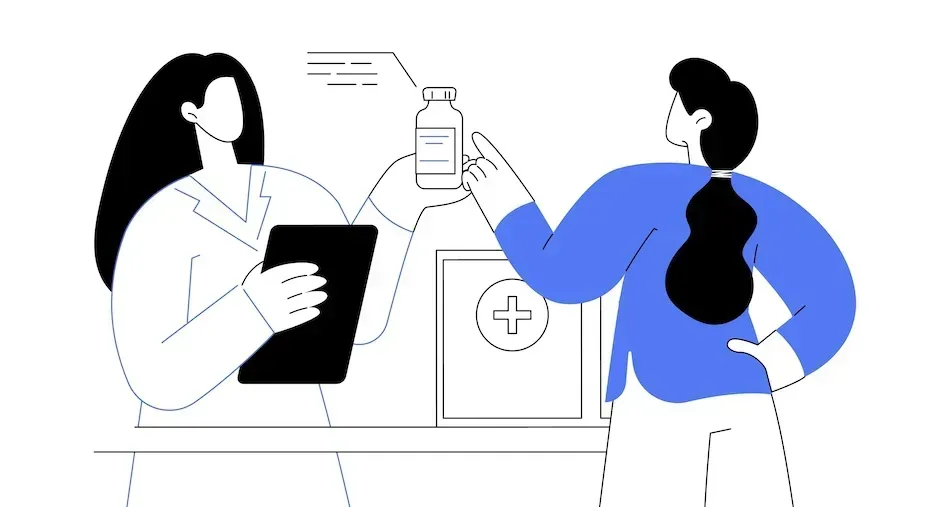ASCO 2024: How Effective is Liso-cel for Richter Transformation?

CLL specialist Allison Winter, MD, from the Cleveland Clinic Taussig Cancer Institute, presented data at the ASCO 2024 conference about how the CAR T-cell therapy liso-cel helped CLL patients who have experienced Richter transformation. Read a summary of Dr. Winter’s findings below!
What is Richter Transformation?
Each year, up to 1% of chronic lymphocytic leukemia patients experience a change in their disease in which the slow-growing CLL morphs into an aggressive form of cancer called diffuse large B-cell lymphoma (DLBCL). This change is called Richter transformation.
Richter transformation has historically been challenging to treat, and patients typically have poor outcomes. As the cancer type is no longer CLL but rather DLBCL, lymphoma therapies are usually considered. However, the decision-making process regarding treatment is not yet standardized for this patient group.
How Effective is Liso-cel for Richter Transformation?
Dr. Winter assessed if the CAR T-cell therapy liso-cel (Breyanzi, BMS) could help patients with Richter transformation, even when patients had already received multiple treatments before and after the Richter transformation event. Liso-cel is a treatment that enhances a patient’s T-cells to more effectively kill cancer cells.
At the check-in point of 12 months after 30 patients received liso-cel:
- 76% of patients responded, but 66% of the patients had, at some point, experienced a complete reduction of disease signs and symptoms.
- 54% of patients were still in remission.
- 67% of patients were still alive.
- Common side effects patients experienced, like cytokine release syndrome and brain-related side effects, were mainly mild and manageable with the help of supportive medicines.
In conclusion, liso-cel proved to help a large percentage of patients with Richter transformation achieve remission for an extended period with manageable side effects. This data is encouraging as these patients typically have limited treatment options and poor outcomes. More data will help evaluate liso-cel’s role in supporting this patient group.
Click here to read another resource by a CLL specialist about data related to treatment options for patients after Richter transformation.
Join the HealthTree for CLL Newsletter to Learn More!
We invite you to click the button below to subscribe to our newsletter and stay updated on the latest advancements in chronic lymphocytic leukemia.
JOIN THE HEALTHTREE FOR CLL NEWSLETTER
Sources:
CLL specialist Allison Winter, MD, from the Cleveland Clinic Taussig Cancer Institute, presented data at the ASCO 2024 conference about how the CAR T-cell therapy liso-cel helped CLL patients who have experienced Richter transformation. Read a summary of Dr. Winter’s findings below!
What is Richter Transformation?
Each year, up to 1% of chronic lymphocytic leukemia patients experience a change in their disease in which the slow-growing CLL morphs into an aggressive form of cancer called diffuse large B-cell lymphoma (DLBCL). This change is called Richter transformation.
Richter transformation has historically been challenging to treat, and patients typically have poor outcomes. As the cancer type is no longer CLL but rather DLBCL, lymphoma therapies are usually considered. However, the decision-making process regarding treatment is not yet standardized for this patient group.
How Effective is Liso-cel for Richter Transformation?
Dr. Winter assessed if the CAR T-cell therapy liso-cel (Breyanzi, BMS) could help patients with Richter transformation, even when patients had already received multiple treatments before and after the Richter transformation event. Liso-cel is a treatment that enhances a patient’s T-cells to more effectively kill cancer cells.
At the check-in point of 12 months after 30 patients received liso-cel:
- 76% of patients responded, but 66% of the patients had, at some point, experienced a complete reduction of disease signs and symptoms.
- 54% of patients were still in remission.
- 67% of patients were still alive.
- Common side effects patients experienced, like cytokine release syndrome and brain-related side effects, were mainly mild and manageable with the help of supportive medicines.
In conclusion, liso-cel proved to help a large percentage of patients with Richter transformation achieve remission for an extended period with manageable side effects. This data is encouraging as these patients typically have limited treatment options and poor outcomes. More data will help evaluate liso-cel’s role in supporting this patient group.
Click here to read another resource by a CLL specialist about data related to treatment options for patients after Richter transformation.
Join the HealthTree for CLL Newsletter to Learn More!
We invite you to click the button below to subscribe to our newsletter and stay updated on the latest advancements in chronic lymphocytic leukemia.
JOIN THE HEALTHTREE FOR CLL NEWSLETTER
Sources:

about the author
Megan Heaps
Megan joined HealthTree in 2022. She enjoys helping patients and their care partners understand the various aspects of the cancer. This understanding enables them to better advocate for themselves and improve their treatment outcomes.
More on Treatment Advances

Get the Latest Chronic Lymphocytic Leukemia Updates, Delivered to You.
By subscribing to the HealthTree newsletter, you'll receive the latest research, treatment updates, and expert insights to help you navigate your health.
Together we care.
Together we cure.
3x Faster.










